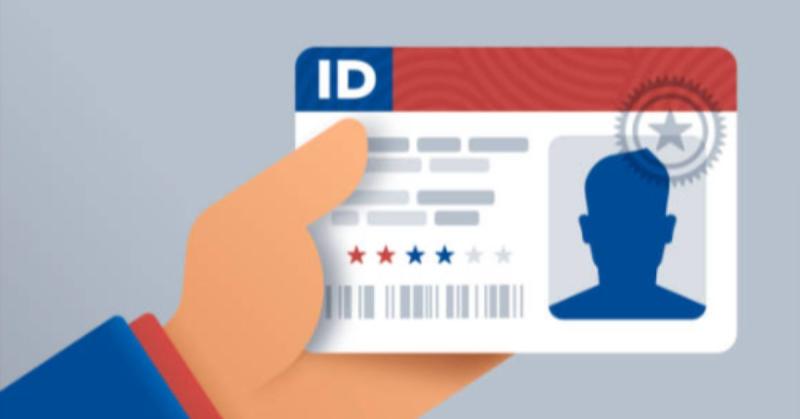Understanding Different Types of Barcodes Used on ID Cards

Over the past few years, barcodes have proven critical to the success of businesses and organizations. Barcodes improve efficiency and accuracy in overall business procedures because of their versatility. For instance, barcodes on ID cards enable government institutions, schools, and industries to quickly identify and retrieve information related to their users, employees, and members.
Before identifying the suitable type of barcode for ID badges, we need to understand the benefits of using barcodes on ID cards.
Top 3 benefits of Barcodes on ID Card
1. Elimination of Human Error
Barcodes on ID cards significantly reduce the chances of mistakes during manual data entry. In traditional systems, human error can lead to incorrect information being recorded, causing delays and complications. By automating the data entry process, barcodes ensure that the information scanned is accurate and consistent every time.
This reliability is crucial for maintaining the integrity of identification systems in various settings, such as educational institutions, corporate offices, and healthcare facilities.
2. Faster Check-Ins and Authentication
When paired with the appropriate barcode reader, barcodes on ID cards speed up checking in and verifying individuals. Barcodes enable quick and seamless authentication in environments where time is critical, such as during event registrations, workplace attendance tracking, or security checkpoints.
This efficiency not only improves user experience but also allows for better management of large groups of people, reducing wait times and increasing overall productivity.
3. Multi-Layered Security System
The main benefit of using barcodes in ID cards is that they enhance security as part of a multi-layered security system. Each ID card features a barcode with a unique identifier, making it nearly impossible to duplicate the card or gain unauthorized access.
The data encoded in the barcode is secure and resistant to tampering or replication by unauthorized individuals. This added layer of security helps ensure that only authorized personnel can access restricted areas, providing a reliable and robust solution for maintaining secure environments.
Top 5 popular barcodes used on ID cards
Barcodes have transformed identity management by providing quick, accurate, and efficient verification methods. When used on ID cards, they reduce errors and speed up authentication. Each type offers unique features and benefits, making them ideal for various identification needs and environments.
Here, we explore the top five barcodes used on ID cards:
1. PDF417 (2D Barcode)
PDF417 barcodes can store large amounts of data in a compact space without compromising data integrity. They can store 1.1 kilobytes of machine-readable data, making them one of the most powerful 2D barcodes in the public domain.
They can encode photographs, signatures, and fingerprints, which makes them highly suitable for ID cards by arranging data in a standardized format. Government institutions use PDF417 codes in passports and driving licenses because they allow quick and easy identification and verification.
2. QR Code (2D Barcode)
Quick Response (QR) codes are flexible, have fast readability, and provide high fault tolerance. These features make QR codes widely used in advertising, marketing, and business domains. For example, QR codes on business ID cards can link to official websites and social media handles, providing quick access to additional information.
Post Your Ad Here
Comments